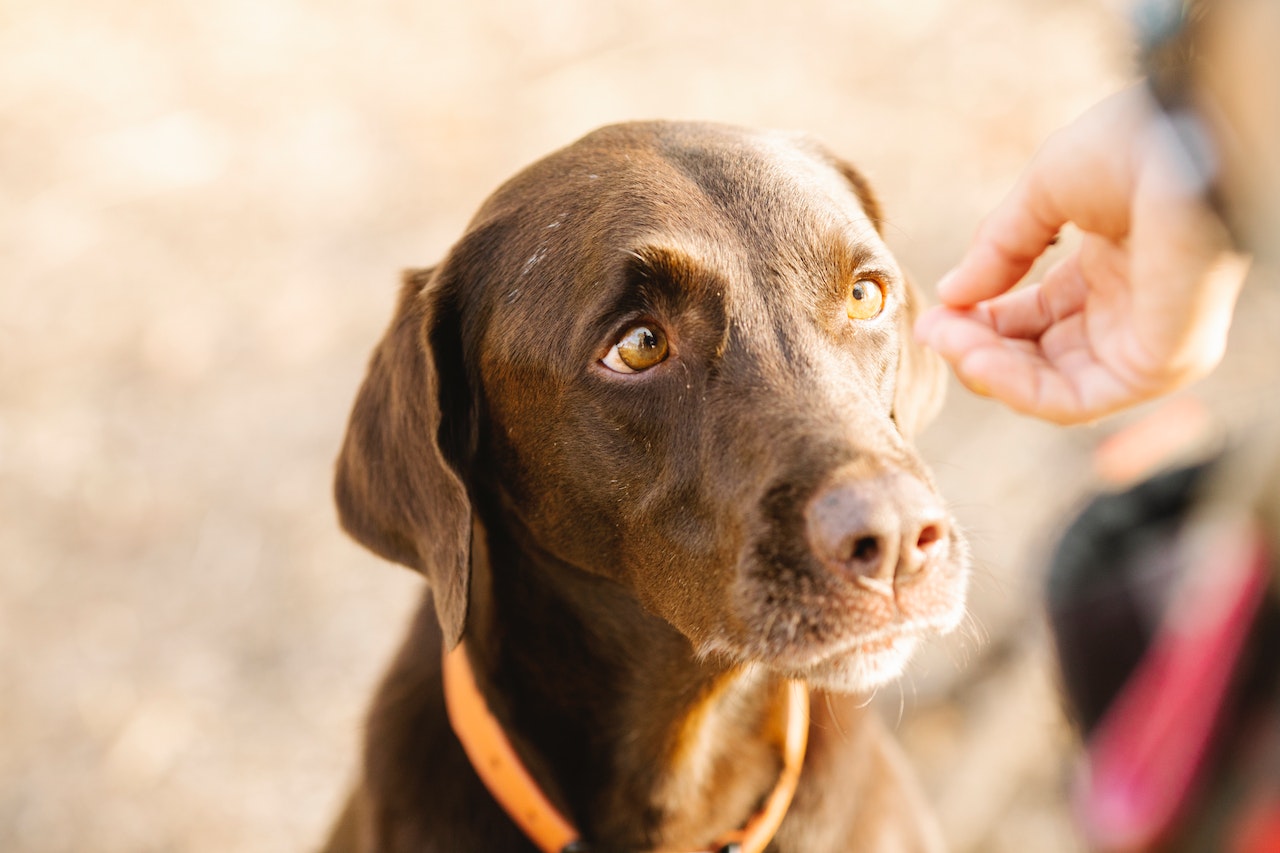How to Stop Resource Guarding with Other Dogs
Are you struggling with your Labrador’s resource guarding behaviour around other dogs? Don’t worry, I’ve got you covered. In this article, I’ll share some effective strategies to help you stop resource guarding and promote harmony during interactions with other dogs.
Resource guarding can be a common issue among Labradors, who are known for their strong hunting instincts and desire to protect their belongings. Whether it’s food, toys, or even attention from humans, some Labradors may exhibit possessive behaviours that can escalate into aggressive responses when another dog approaches.
To address this behaviour, it’s important to understand the underlying cause of resource guarding. It could stem from fear, insecurity, lack of socialisation, or past negative experiences. By identifying the root cause and implementing positive training techniques, you can gradually modify your Labrador’s behaviour and create a more relaxed environment for all involved.
In the upcoming sections of this article, I’ll delve into practical tips on how to recognize the signs of resource guarding in Labradors and provide step-by-step guidance on how to alleviate this issue effectively. With patience, consistency, and proper training methods tailored to your Labrador’s needs, you’ll soon see improvements in their behaviour around other dogs.
So let’s get started on our journey towards resolving resource guarding with your beloved Labrador!
Understanding Resource Guarding Behaviour
Resource guarding is a common behaviour in dogs, including Labradors, where they exhibit possessive and protective tendencies over certain objects or spaces. It can range from mild to severe and may include growling, snarling, snapping, or even biting when another dog approaches a valuable resource. To effectively address resource guarding behaviour in Labradors or any other breed, it’s essential to understand the underlying causes and triggers.
- Instinctual Nature: Resource guarding behaviour stems from a dog’s instinctual need to protect their possessions. In the wild, dogs had to guard food and resources to survive. Even though our domesticated Labradors don’t face the same challenges for survival, their instincts remain intact.
- Fear and Anxiety: Dogs may guard resources out of fear or anxiety that they might lose them. This fear can be rooted in past experiences where they were deprived of resources or faced competition from other animals.
- Lack of Socialisation: Insufficient socialisation during puppyhood can contribute to resource guarding behaviour in Labradors. If a dog hasn’t been exposed to different situations, environments, or other dogs from an early age, they may become more possessive over their belongings.
- Learned Behaviour: Sometimes resource guarding is learned through reinforcement or unintentional conditioning by owners who unknowingly reward the behaviour. For example, if a Labrador growls at another dog approaching its food bowl and the owner backs off, the dog learns that growling leads to getting what it wants.
- Stress Triggers: Certain situations can trigger resource guarding behaviours in Labradors such as overcrowding around food bowls or toys, sudden movements near valuable items, new additions to the household (including other pets), or changes in routine.
It’s crucial for Labrador owners to recognize signs of resource guarding early on and take appropriate steps to address it effectively without resorting to punishment-based methods which can exacerbate the problem. Seeking guidance from a professional dog trainer or behaviourist who specialises in positive reinforcement techniques can be beneficial.
